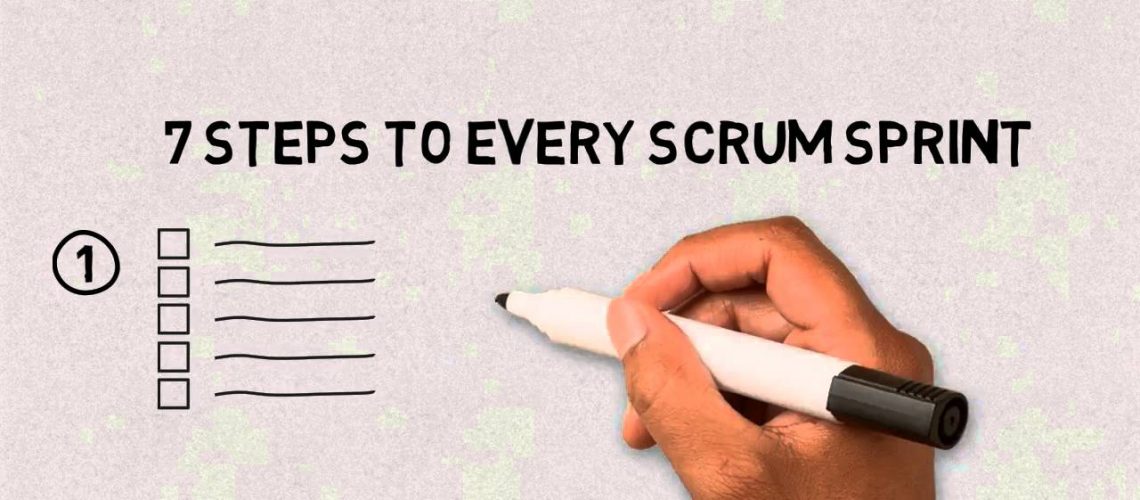The Art of Doing Twice the Work in Half the Time
For those who believe that there must be a more agile and efficient way for people to get things done, here is a brilliantly discursive, thought-provoking book about the leadership and management process that is changing the way we live.
This book may just help you achieve what others consider unachievable—whether it be inventing a trailblazing technology, devising a new system of education, pioneering a way to feed the hungry, or, closer to home, a building a foundation for your family to thrive and prosper.
“Scrum is based on a simple idea: whenever you start a project, why not regularly check in, see if what you’re doing is heading in the right direction and if it’s actually what people want? And question whether there are any ways to improve how you’re doing what you’re doing, any ways of doing it better and faster, and what might be keeping you from doing that.”
– Jeff Sutherland
SCRUM: The Art of Doing Twice the Work In Half the Time
Key Takeaways
Scrum Sprints All major projects require cycles of execution and improvement which are mainly conducted bi-weekly and contain 7 steps.
7 Steps to Every Scrum Sprint
1. LIST: Create/Update a Backlog List (list document) Populate a backlog of all the things you need to do on the project. Don’t make it very detailed, just list all the items you need to complete. Put them in story format. Each task should read like a narrative. Who needs it? What specifically do they need and why do they need it?
2. Estimate each of these tasks relatively by using the Fibonacci Sequence because it’s easier to distinguish between numbers like 5 and 8 compared to 4 and 5. Humans are great at telling the difference between 1,2,3 but beyond that, it just seems like many.
To apply your relative estimate, start with the hardest, longest item. Apply the top end of your Fibonacci Sequence range and then estimate all other items relative to the hardest item. Assign the longest duration item(s) with a 13 (highest Fibonacci number in the sequence: 1,2,3,5,8,13) Assign 1,2,3,5,8,13 to all items, relative to the hardest item.
“Don’t estimate in absolute terms like hours- it’s been proven that humans are terrible at that. Size things relatively like t-shirt sizes. (S,M,L,XL) or more commonly the Fibonacci Sequence.” -Jeff Sutherland
3. Plan Your Work Sprint work sprints are typically 1-2 weeks long and must be less than 1 month. The goal is to get to a demo date at the end of the work sprint so you have to determine how many of these points that you have assigned to tasks you can complete before the end of the sprint. Set fixed sprint duration or the time until the next evaluation- max 20% of the project duration. Estimate points to be completed within that time (initial sprint). Successive sprints are previous sprints actual point total + 10%.
4. Make Your Work Visible you do this by creating a Scrum Storyboard. A simple storyboard includes 3 columns. What you’re going to do, what you’re doing and what you have done for the sprint.
Populate the Do column. If this was on the wall you’d use posit it notes and each note will represent a task. As you start doing it you would move it to the doing column and upon completion move it to the done column.
Each day update the “burndown chart” which is simply a chart that has an initial sprint point value on the Y-axis. You want to subtract from that initial sprint value so that at the end of the sprint there will be 0 points remaining.
5. Conduct Daily 15-minute meetings during these meetings ask: what did we do yesterday, what do we plan to do today and what obstacles are slowing us down? How can we make improvements?
6. Demonstrate at the end of your sprint, you demo your minimal viable product. A product that has a working feature. Not a complete product, but something that you can demonstrate. During the demonstration, you get feedback from the user/customer. The customer will let you know if they approve the feature or to improve it.
7. Reflect Get Your Team Together and go over what went well the last sprint, what didn’t go well and what improvements can we make to the next sprint? After you identify the things you can improve upon, you start the next sprint.


